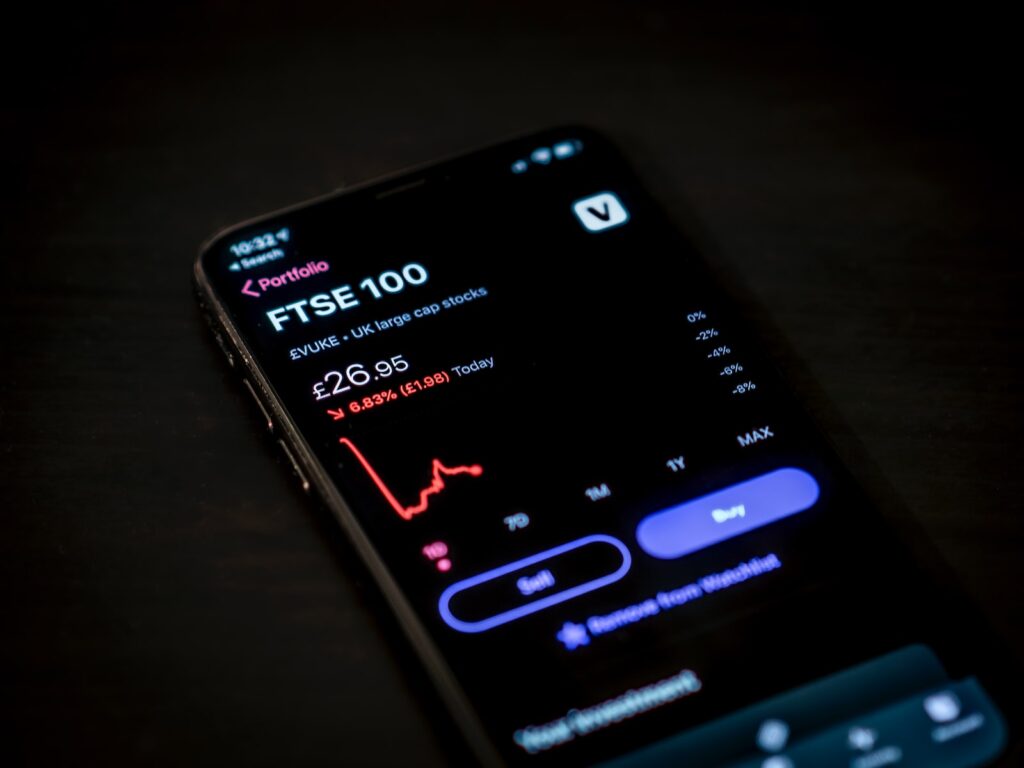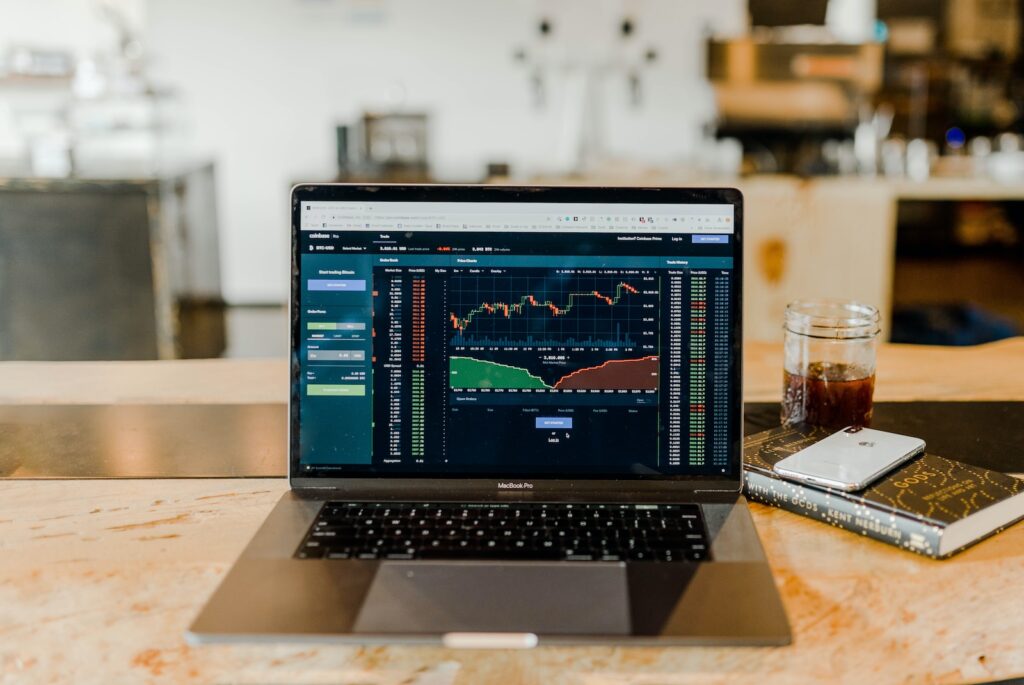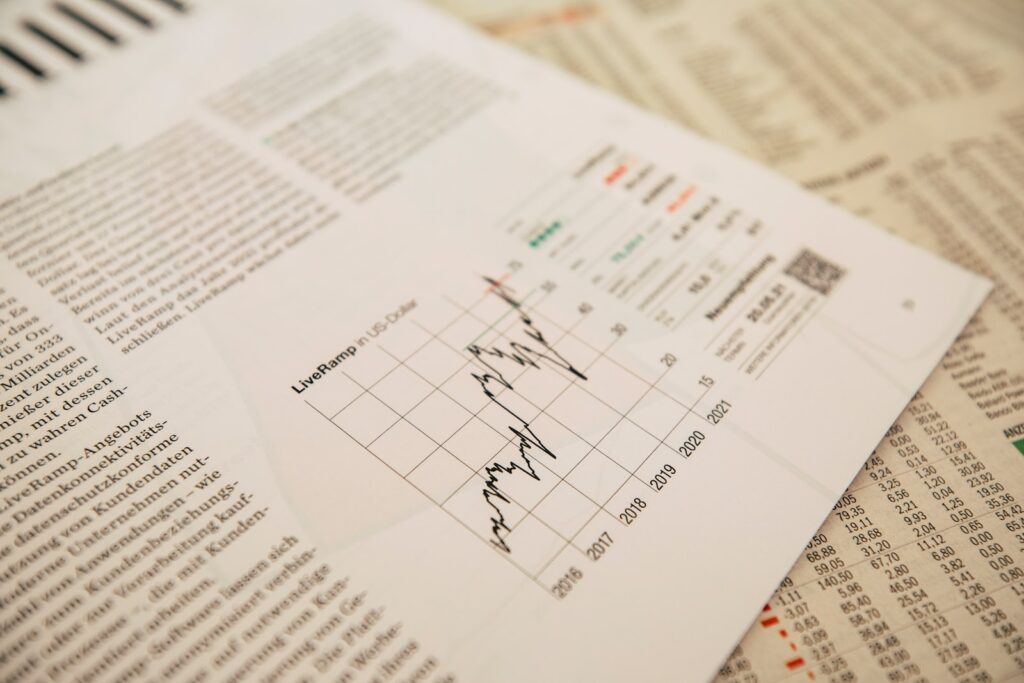
What to Look for When Choosing a Growth ETF
When choosing a growth ETF, there are several factors to consider. First, it is important to understand the ETF’s investment strategy. Growth ETFs typically invest in stocks that are expected to grow faster than the overall market. It is important to understand the ETF’s approach to selecting stocks and how it will affect the performance of the fund.
Second, it is important to consider the fees associated with the ETF. ETFs typically have lower fees than mutual funds, but some ETFs may have higher fees than others. It is important to compare the fees of different ETFs to ensure that you are getting the best value for your money.
Third, it is important to consider the ETF’s track record. It is important to look at the ETF’s performance over time to get an idea of how it has performed in different market conditions. This will help you determine if the ETF is a good fit for your investment goals.
Finally, it is important to consider the ETF’s liquidity. ETFs are typically more liquid than mutual funds, but some ETFs may be more liquid than others. It is important to consider the ETF’s liquidity to ensure that you can easily buy and sell shares when needed.
By considering these factors, you can make an informed decision when choosing a growth ETF.
How to Analyze Growth ETF Performance
Analyzing the performance of growth ETFs (exchange-traded funds) is an important part of making informed investment decisions. Growth ETFs are a type of investment that tracks a basket of stocks that are expected to grow faster than the overall market. By understanding the performance of growth ETFs, investors can make more informed decisions about their investments.
The first step in analyzing growth ETF performance is to review the fund’s historical performance. This can be done by looking at the fund’s total return over time, which is the total return of the fund including both capital gains and dividends. It is important to note that past performance is not necessarily indicative of future performance, but it can provide insight into the fund’s overall performance.
The second step in analyzing growth ETF performance is to review the fund’s holdings. This can be done by looking at the fund’s portfolio composition, which will provide information about the types of stocks the fund holds and the weightings of each stock in the portfolio. This information can be used to determine the fund’s risk profile and to identify potential opportunities for growth.
The third step in analyzing growth ETF performance is to review the fund’s fees and expenses. This can be done by looking at the fund’s expense ratio, which is the percentage of the fund’s assets that are used to cover the fund’s operating expenses. Higher expense ratios can reduce the fund’s overall returns, so it is important to compare the expense ratios of different funds to ensure that you are getting the best value for your money.
Finally, it is important to review the fund’s performance relative to its benchmark index. This can be done by looking at the fund’s beta, which is a measure of the fund’s volatility relative to its benchmark index. A higher beta indicates that the fund is more volatile than its benchmark index, while a lower beta indicates that the fund is less volatile than its benchmark index.
By following these steps, investors can gain a better understanding of the performance of growth ETFs and make more informed decisions about their investments.
The Benefits of Investing in Growth ETFs
Investing in growth ETFs can be a great way to diversify your portfolio and potentially increase your returns. Exchange-traded funds (ETFs) are a type of investment that tracks a basket of stocks, bonds, or other assets. Growth ETFs are a type of ETF that focuses on companies that are expected to grow faster than the overall market.
Growth ETFs offer a number of benefits to investors. First, they provide diversification. By investing in a basket of stocks, you can spread your risk across multiple companies and industries. This can help reduce the risk of a single stock or sector underperforming.
Second, growth ETFs can provide higher returns than the overall market. By investing in companies that are expected to grow faster than the overall market, you can potentially earn higher returns than the market average.
Third, growth ETFs can be a cost-effective way to invest. ETFs typically have lower fees than actively managed funds, which can help reduce your overall costs.
Finally, growth ETFs can be a convenient way to invest. ETFs are traded on exchanges, so you can buy and sell them just like stocks. This makes them easy to buy and sell, and you can do so without having to pay a broker or advisor.
Overall, growth ETFs can be a great way to diversify your portfolio and potentially increase your returns. They offer diversification, higher returns, cost-effectiveness, and convenience. If you’re looking for a way to invest in the stock market, growth ETFs may be worth considering.
The Risks of Investing in Growth ETFs
Investing in growth ETFs can be a great way to diversify your portfolio and potentially increase your returns. However, it is important to understand the risks associated with this type of investment before you commit your money.
Growth ETFs are typically composed of stocks that have the potential to grow faster than the overall market. This means that they can be more volatile than other types of investments, and their performance can be more unpredictable. As a result, there is a greater risk of losing money when investing in growth ETFs.
In addition, growth ETFs are often more expensive than other types of investments. This is because they are actively managed and require more research and analysis to select the stocks that will make up the fund. This can lead to higher fees and expenses, which can reduce your overall returns.
Finally, growth ETFs are subject to the same market risks as other investments. This means that if the overall market declines, the value of your investment could also decline. It is important to understand the risks associated with investing in growth ETFs and to diversify your portfolio to reduce your overall risk.
Overall, investing in growth ETFs can be a great way to diversify your portfolio and potentially increase your returns. However, it is important to understand the risks associated with this type of investment before you commit your money. By doing your research and diversifying your portfolio, you can help to reduce your risk and maximize your returns.
The 9 Best Growth ETFs to Buy Now
Investing in exchange-traded funds (ETFs) is a great way to diversify your portfolio and gain exposure to a variety of asset classes. Growth ETFs are a popular choice for investors looking to capitalize on the potential for long-term capital appreciation. Here are nine of the best growth ETFs to consider buying now.
1. Vanguard Growth ETF (VUG): This ETF tracks the CRSP US Large Cap Growth Index, which is composed of large-cap stocks that have exhibited strong growth characteristics. The fund has a low expense ratio of 0.04%, and its holdings include Apple, Microsoft, Amazon, and Alphabet.
2. iShares Russell 1000 Growth ETF (IWF): This ETF tracks the Russell 1000 Growth Index, which is composed of large- and mid-cap stocks that have exhibited strong growth characteristics. The fund has a low expense ratio of 0.20%, and its holdings include Apple, Microsoft, Amazon, and Alphabet.
3. SPDR S&P 500 Growth ETF (SPYG): This ETF tracks the S&P 500 Growth Index, which is composed of large-cap stocks that have exhibited strong growth characteristics. The fund has a low expense ratio of 0.04%, and its holdings include Apple, Microsoft, Amazon, and Alphabet.
4. Vanguard FTSE Developed Markets ex-US Growth ETF (VEA): This ETF tracks the FTSE Developed ex-US Growth Index, which is composed of large- and mid-cap stocks from developed markets outside of the United States. The fund has a low expense ratio of 0.07%, and its holdings include Nestle, Novartis, and Roche.
5. iShares Core MSCI Emerging Markets ETF (IEMG): This ETF tracks the MSCI Emerging Markets Index, which is composed of large- and mid-cap stocks from emerging markets. The fund has a low expense ratio of 0.14%, and its holdings include Tencent, Samsung Electronics, and Taiwan Semiconductor.
6. Vanguard FTSE All-World ex-US Growth ETF (VEU): This ETF tracks the FTSE All-World ex-US Growth Index, which is composed of large- and mid-cap stocks from developed and emerging markets outside of the United States. The fund has a low expense ratio of 0.09%, and its holdings include Nestle, Novartis, and Roche.
7. iShares Core S&P 500 Growth ETF (IVW): This ETF tracks the S&P 500 Growth Index, which is composed of large-cap stocks that have exhibited strong growth characteristics. The fund has a low expense ratio of 0.04%, and its holdings include Apple, Microsoft, Amazon, and Alphabet.
8. iShares Core MSCI EAFE Growth ETF (IEFG): This ETF tracks the MSCI EAFE Growth Index, which is composed of large- and mid-cap stocks from developed markets outside of the United States. The fund has a low expense ratio of 0.08%, and its holdings include Nestle, Novartis, and Roche.
9. Vanguard FTSE Emerging Markets ETF (VWO): This ETF tracks the FTSE Emerging Markets Index, which is composed of large- and mid-cap stocks from emerging markets. The fund has a low expense ratio of 0.
Q&A
Q1: What are the 9 best growth ETFs to buy now?
A1: The 9 best growth ETFs to buy now are the Vanguard Growth ETF (VUG), iShares Russell 1000 Growth ETF (IWF), Vanguard S&P 500 Growth ETF (VOOG), iShares Core S&P 500 Growth ETF (IVW), SPDR S&P 500 Growth ETF (SPYG), iShares Core MSCI Emerging Markets ETF (IEMG), Vanguard FTSE Developed Markets ETF (VEA), iShares Core S&P Mid-Cap Growth ETF (IJK), and iShares Core S&P Small-Cap Growth ETF (IJT).
Q2: What are the advantages of investing in growth ETFs?
A2: Growth ETFs offer investors the potential for higher returns than traditional investments, as well as diversification benefits. They also provide exposure to a wide range of stocks, which can help reduce risk. Additionally, growth ETFs are typically more tax-efficient than other investments, as they are not subject to capital gains taxes until the shares are sold.
Q3: What are the risks associated with investing in growth ETFs?
A3: As with any investment, there are risks associated with investing in growth ETFs. These include the potential for losses due to market volatility, as well as the risk of investing in individual stocks that may not perform as expected. Additionally, growth ETFs may be subject to higher fees than other investments, which can reduce returns.
Q4: What factors should investors consider when selecting a growth ETF?
A4: Investors should consider a variety of factors when selecting a growth ETF, including the fund’s expense ratio, portfolio composition, and performance history. Additionally, investors should consider their own investment goals and risk tolerance when selecting a growth ETF.
Q5: How can investors monitor the performance of their growth ETFs?
A5: Investors can monitor the performance of their growth ETFs by reviewing the fund’s performance history and comparing it to other investments. Additionally, investors can use online tools such as Yahoo Finance to track the performance of their growth ETFs.


